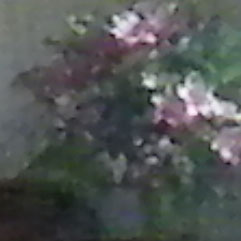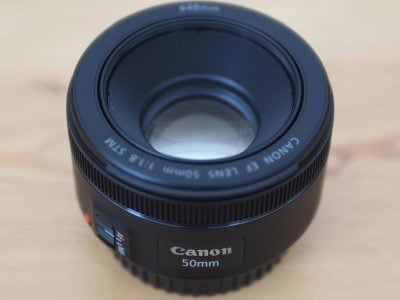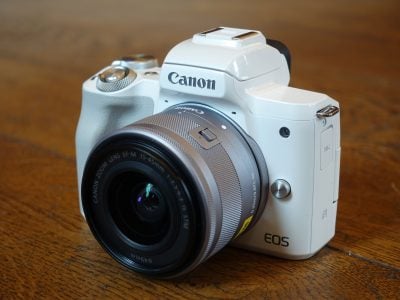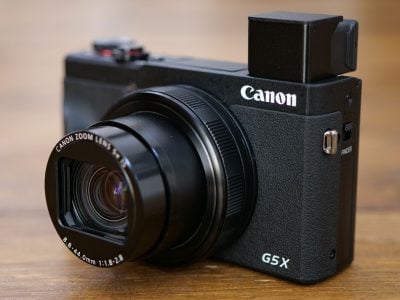Olympus µ 1050 SW / Stylus 1050 SW
-
-
Written by Gordon Laing
Olympus 1050 SW vs Pentax W60 vs Canon 870IS / SD 880IS High ISO Noise

|
 |
The lenses on each camera were adjusted to deliver the same field of view. Where coarse increments prevented an exact match using the zoom alone, the camera’s position was moved slightly back or forth to compensate. |
|
The image above was taken with the Olympus µ 1050 SW / Stylus 1050 SW at a sensitivity of 80 ISO, with the lens zoomed-out to its widest equivalent of 38mm; the exposure was 1/2 a second at f3.5 and the original 10M Fine JPEG file measured 4.16MB. The crops are taken from an area just to the right of the centre and presented at 100%. Note: the Pentax crops below are suffering from a lack of contrast compared to the other models on test here, resulting in a softer, muddy effect. We noticed this on some other W60 images, containing strongly lit elements in otherwise dim conditions, such as the bright backlit windows here on the right. There may also be stray light or fingerprint issues with the protective lens covering. Either way, this is our standard low-light environment, and all cameras are tested under the same conditions. As such, while the W60 is clearly suffering here in some respect, the fact is the other cameras coped better with the composition and lighting. Moving onto the crops, at its lowest sensitivity of 80 ISO, the Olympus 1050 SW delivers a clean, detailed result, although it’s lacking the contrast and sharpness of the Canon’s punchier processing – and arguably superior lens. At 100 ISO, the noise reduction strategies of each camera is becoming more apparent, with Olympus successfully eliminating any textures, albeit with a lack of crispness on items like the flower pot. Pentax is adopting a more hands-off approach to noise reduction, which may result in more visible speckles, but attempts to retain fine detail. At 200 ISO, all three cameras are showing a loss in detail, with the 1050 SW beginning to exhibit subtle noise textures, while at 400 ISO the noise levels are becoming quite obvious, especially on the W60. At 800 ISO there’s a dramatic turn for the worse from all three models, with each now clearly showing their different strategies for handling the noise. This really is as far as you’d want to use any of them, and even then at reduced sizes only. At 1600 ISO all three are delivering images that are only really usable for web thumbnails, and sensibly that’s as far as the Olympus 1050 SW goes, leaving its rivals to mess around with 3200 ISO, and in the case of the Pentax W60, even a 6400 ISO mode. Now head over to our Olympus µ 1050SW / Stylus 1050SW Gallery to see some more real-life shots in a variety of conditions. |
Olympus µ 1050SW / Stylus 1050SW |
Pentax Optio W60 |
Canon IXUS 870IS / SD 880IS | ||
 |
 |
 | ||
80 ISO |
50 ISO |
80 ISO | ||
 |
 |
 | ||
100 ISO |
100 ISO |
100 ISO | ||
 |
 |
 | ||
200 ISO |
200 ISO |
200 ISO | ||
 |
 |
 | ||
400 ISO |
400 ISO |
400 ISO | ||
 |
 |
 | ||
800 ISO |
800 ISO |
800 ISO | ||
 |
 |
 | ||
1600 ISO |
1600 ISO |
1600 ISO | ||
 |
 |
 | ||
3200 ISO not available |
3200 ISO |
3200 ISO (at 2 Megapixels) | ||
 |
 |
 | ||
6400 ISO not available |
6400 ISO |
6400 ISO not available |





